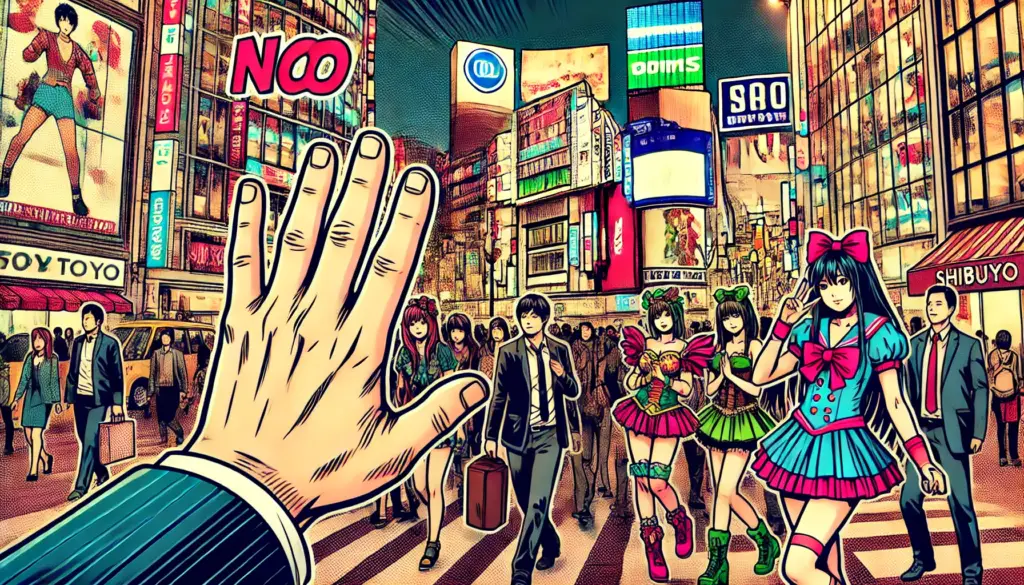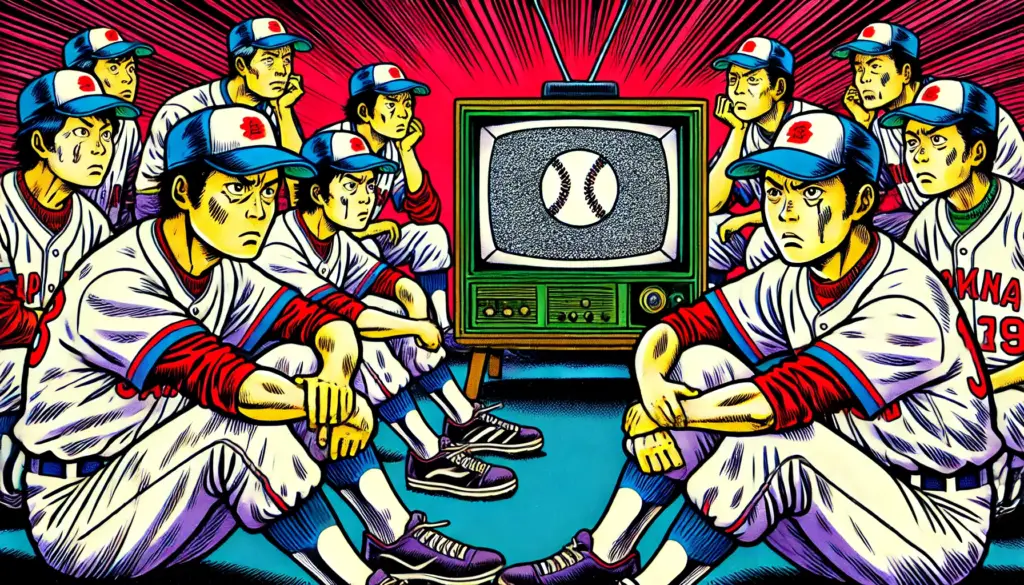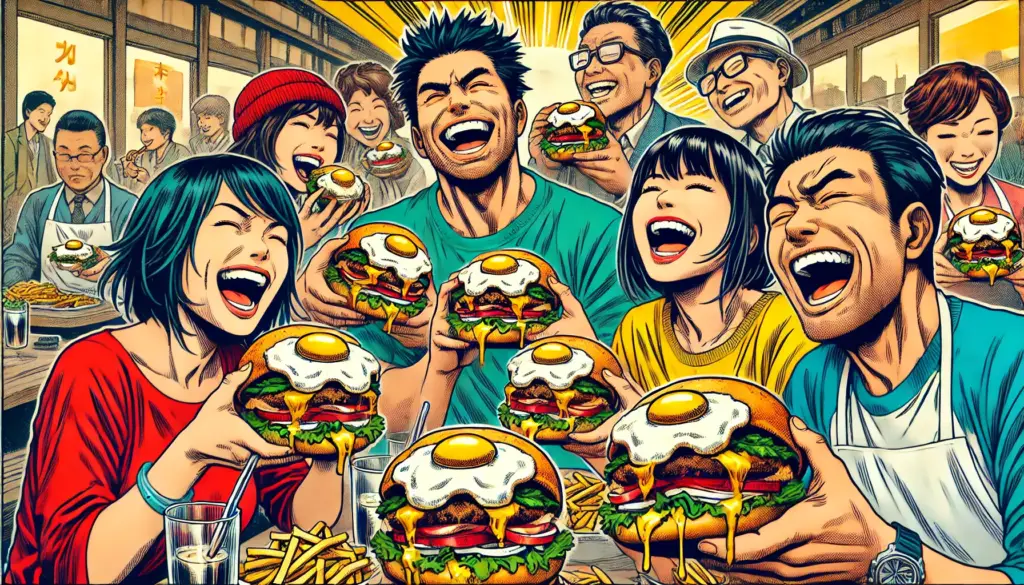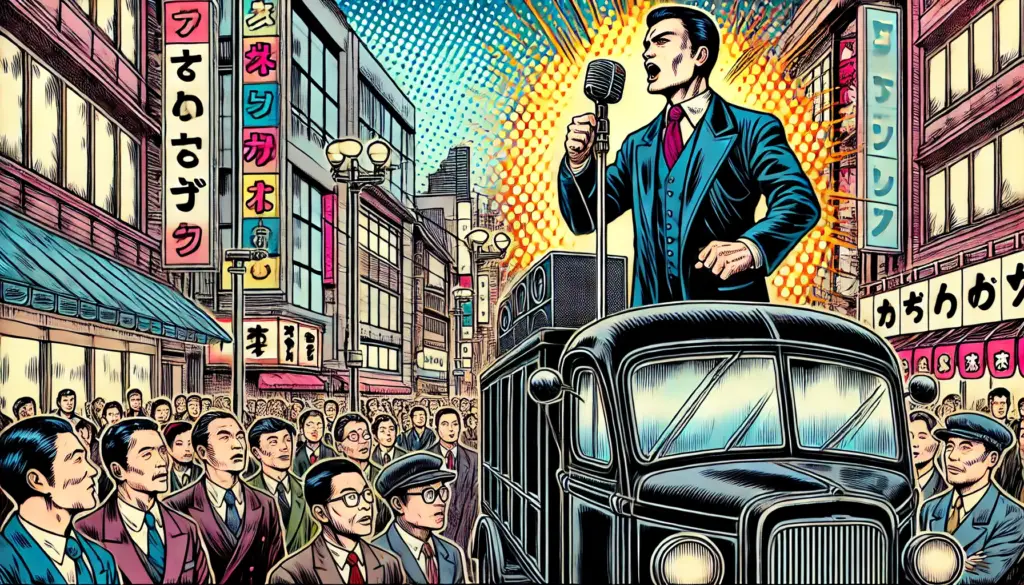
🏙️ A Nation Built on Convenience
Walk through any city in Japan—from the neon-lit streets of Tokyo to the quiet alleys of rural towns—and you’re never far from a vending machine. Drinks, hot meals, ice cream, batteries, masks, umbrellas, and even luxury wagyu beef can be purchased with a button tap.
But this isn’t just a quirky cultural artifact—it’s a deeply ingrained, economically viable system. And it didn’t happen by chance.
🚀 Why Did Vending Machines Proliferate So Rapidly?
Japan’s vending machine explosion can be traced back to four key structural factors:
1. Urban Density + Scarce Labor
Japan’s dense cities offer limited retail space and high wages. Vending machines offer a solution that’s:
- Space-efficient
- Labor-free
- Always open
In a country where convenience is king and punctuality is sacred, machines eliminate the unpredictability of store hours or staff availability.
2. Cultural Trust & Cleanliness
Japan has an unusually low rate of vandalism and a high degree of public cleanliness. This has created a safe environment for unattended machines to thrive—even in isolated areas. Where other countries worry about damage or theft, Japan’s machines sit silently and safely.
3. Technological Readiness
Contactless IC cards like Suica, facial recognition payment, and real-time stock alerts are all embedded in modern vending units. The machines aren’t relics—they’re evolving retail tech hubs.
4. Pandemic Adaptation
When COVID-19 restricted human contact, vending machines stepped up. Contactless, self-serve options for ramen, frozen sushi, and even COVID test kits became essential. This trend sparked a boom in specialty and hot food vending machines that’s still growing in 2025.
💰 How Much Money Can One Machine Make?
The idea of “easy passive income” from a vending machine is appealing—but how realistic is it?
👉 On average:
- Monthly sales volume ranges from 300 to 600 units in busy locations.
- Drink pricing ranges from ¥130 to ¥200, depending on brand and region.
- Profit margin after electricity, leasing, and stocking: ~20–30% of gross sales.
✅ A machine selling 500 units at ¥150 could generate:
- Gross sales: ¥75,000
- Net profit: ¥15,000–¥20,000/month in high-traffic zones
For operators managing 10+ machines, this can become a respectable side business—if locations are carefully chosen.
📉 When Vending Machines Fail
But not every machine brings in cash. In fact, many machines run at a loss, and the number of red-ink machines is rising.
❌ The Main Pitfalls:
- Location Mismatch: Machines placed in quiet neighborhoods or near too many competitors underperform.
- Poor Product Selection: Machines stocked with niche or unpopular drinks gather dust.
- High Operating Costs: Machines using heat or refrigeration year-round can rack up ¥5,000–¥6,000/month in electricity.
- Changing Consumer Habits: Young people now favor convenience store combos or delivery apps, eroding vending’s impulse purchase advantage.
📊 Current estimates suggest that 10–15% of Japan’s vending machines are running in the red. That number could climb to 20–30% in the next few years, especially for aging machines or poorly managed locations.
🤖 Evolution: From Soda to Smart Retail
To survive, the vending machine is transforming:
- AI Demand Prediction: Machines adjust stocking based on weather, time, and past trends.
- Product Expansion: From protein shakes to fresh fruit, frozen meals, and even CBD drinks.
- Community Role: Some units are now designed as disaster-response hubs, storing water and emergency rations.
- Foreign Language Support: As tourism rebounds, multilingual machines are catering to global travelers.
In essence, vending machines are no longer “just machines”—they’re micro-retail systems adapting to a tech-savvy, health-conscious, and mobile consumer base.
🧠 Deeper Insight: What This Says About Japan
Japan’s vending machine culture reveals several deeper truths about the nation’s psyche and economy:
- Trust-Based Society: The fact that millions of machines sit unsupervised shows the strong social contract of Japanese society.
- Aging & Shrinking Population: With fewer retail workers available, automation is not just convenient—it’s necessary.
- Hyper-Localized Innovation: From sake dispensers in Niigata to toy capsule machines in Akihabara, vending machines reflect hyper-local demand and identity.
What once looked like a gimmick is now a dynamic, data-driven system—one that reveals Japan’s approach to technology, economy, and efficiency.
✍️ Final Thoughts
Japan’s vending machine empire wasn’t built overnight. It’s the product of urban needs, cultural conditions, and economic innovation. While not every machine turns a profit, the most successful ones are turning vending into a futuristic retail model—where location, product, and data all matter.
Expect vending machines in Japan to grow smarter, more personalized, and more essential—not just quirky background scenery, but pillars of the country’s everyday life.



















































